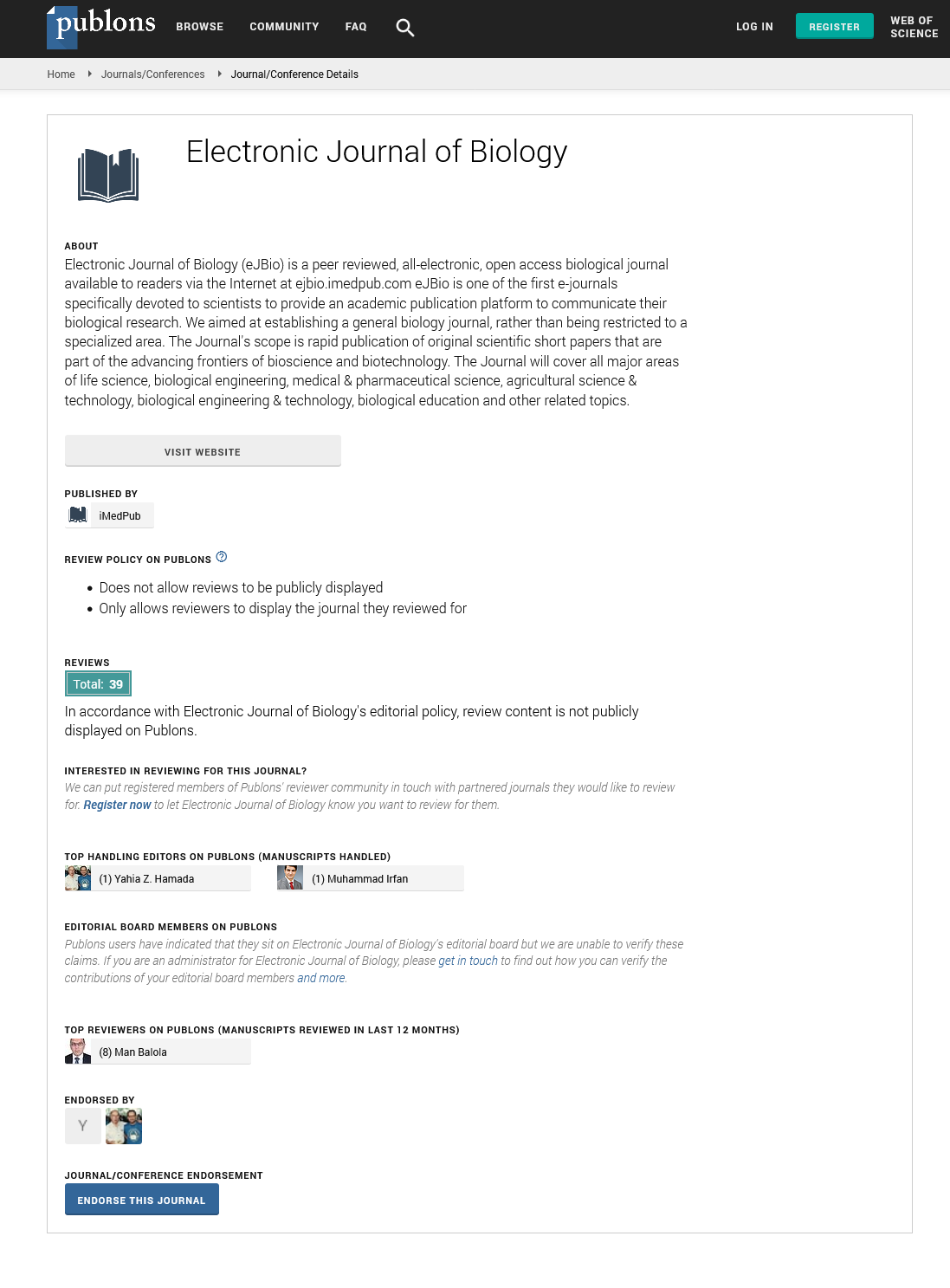Abstract
Dissociation of Protein Aggregates by Mid-infrared Laser
Amyloid fibrils are insoluble fibrillar deposits consisting of beta sheet proteins that accumulate in various tissues. The pathogenesis of some forms of amyloidosis is closely related to amyloid fibrils. For example, amyloid beta protein fibrils are mainly found as extracellular deposits in the brains of individuals with Alzheimer’s disease, which lead to neuronal cell death. Therefore, reducing the fibrils is a major target for treating amyloidosis. Currently, there are no effective drugs for amyloidosis, yet treatments have been explored using other biomedical approaches. In addition to biomedical approaches, engineering techniques have also been applied to this problem. Among them, recent papers have suggested a Free- Electron Laser (FEL) with a wavelength set in the midinfrared region could dissociate protein aggregates. The FEL is effective for dissociating aggregates rich in α-helix and β-sheet structures. This approach might lead to novel therapies for amyloidosis.
Author(s):
Takayasu Kawasaki, Kazuhiro Nakamura
Abstract | Full-Text | PDF
Share this

Google scholar citation report
Citations : 5001
Electronic Journal of Biology received 5001 citations as per google scholar report
Electronic Journal of Biology peer review process verified at publons
Abstracted/Indexed in
- Google Scholar
- China National Knowledge Infrastructure (CNKI)
- CiteFactor
- Electronic Journals Library
- Zoological Records
- WorldCat
- Proquest Summons
- Publons
- MIAR
- Openaccessarticles.com
- Secret Search Engine Labs
Open Access Journals
- Aquaculture & Veterinary Science
- Chemistry & Chemical Sciences
- Clinical Sciences
- Engineering
- General Science
- Genetics & Molecular Biology
- Health Care & Nursing
- Immunology & Microbiology
- Materials Science
- Mathematics & Physics
- Medical Sciences
- Neurology & Psychiatry
- Oncology & Cancer Science
- Pharmaceutical Sciences


